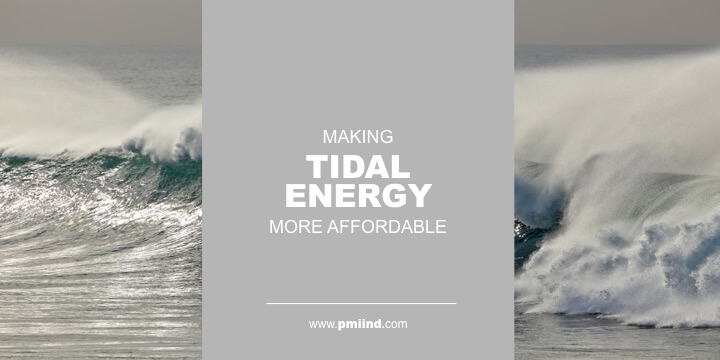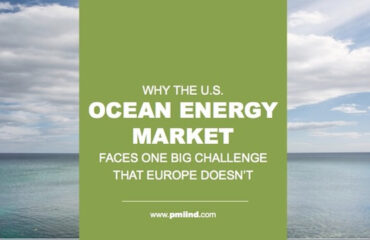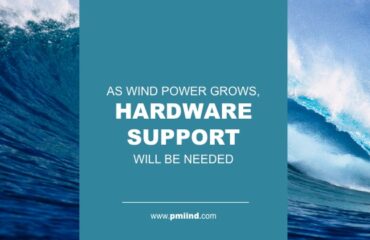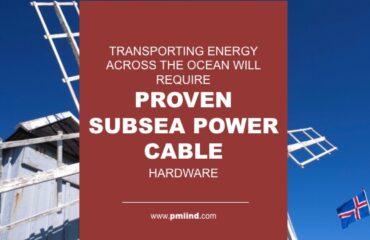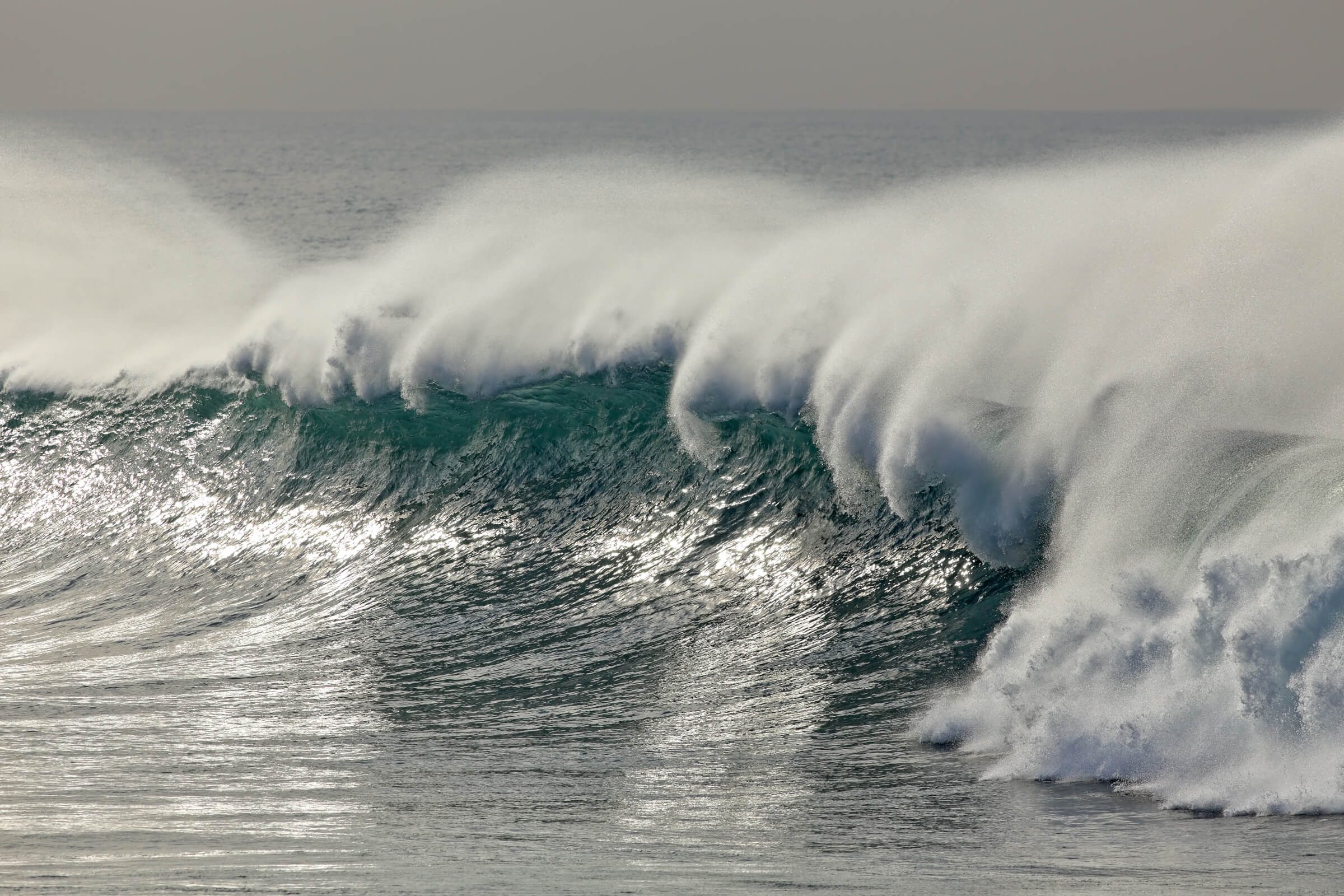 Waves and tides offer some of the most predictable, consistent, and just generally big energy resources available. However, rollouts of actual wave and tidal energy power installations have been slow. Part of the reason for this is that there is no consensus at all on what represents the best device designs to actually harness waves and tides and therefore on what subsea equipment is necessary to use.
Waves and tides offer some of the most predictable, consistent, and just generally big energy resources available. However, rollouts of actual wave and tidal energy power installations have been slow. Part of the reason for this is that there is no consensus at all on what represents the best device designs to actually harness waves and tides and therefore on what subsea equipment is necessary to use.
Any subsea equipment needed to harness tidal energy is going to be expensive – and will tend to drive building costs to be anywhere between 3 to 15 million dollars and sometimes more. But in the long run, the investment will pay off.
Now the pros and cons of tidal energy always bring debate – but tidal energy has a lot going for it:
Consistent Power – Tides move constantly throughout the day, which provides a consistent stream of electricity generation capacity.
Pollution-Free – By taking advantage of only the tide, tidal power creates no greenhouse gas emissions or water pollutants.
Renewable – No material resources are used or changed in the production of tidal power, making it a truly renewable power form.
Minimal Visual Impact – Tidal power devices are fully or nearly completely submerged in water well offshore. This reduces the “damaging of water views” that has been associated with offshore wind turbines.
Efficient – Tidal Power converts roughly 80% of the kinetic energy into electricity, as opposed to coal and oil which convert only 30% of the energy held within.
Locations – There are numerous locations for tidal power around the world. Other websites online have this number at 40, however the coast of British Columbia, Canada has 89 alone.
And most importantly it offers low operating costs – Once installed, there are few ongoing operating costs or labor costs. By making investments at the forefront and building these systems properly with reliable equipment, tidal energy power plants offer a long lifespan, ultimately reduce costs, and make tidal energy more cost-competitive in the long run.

